Rush
Rush is first and foremost a film about the fight between James Hunt and Niki Lauda in 1976. But the single-seater presented here is more a tribute to the Formula 1 cars of the sixties: Matra, Brabham and Lotus 49. But what was a Formula 1 back then? A simple design (the famous 4-wheel cigar), high power (up to 400 hp), a weight of around 500 kg and increasingly sophisticated technical features.
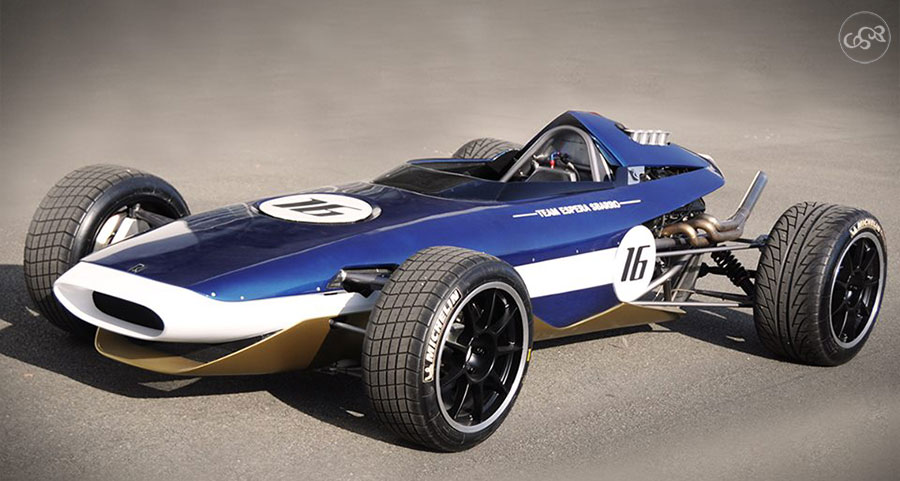
Formula 1
The Espera students in the 2016-2017 class wanted to capture this spirit in the Rush single-seater. It's all there: design and power. Except for the weight, which is a little heavier, but nonetheless remarkable in these days of "obese" cars. The bodywork is made of composite materials. The brake light is a Plexiglas ridge that forms a spoiler on the engine.
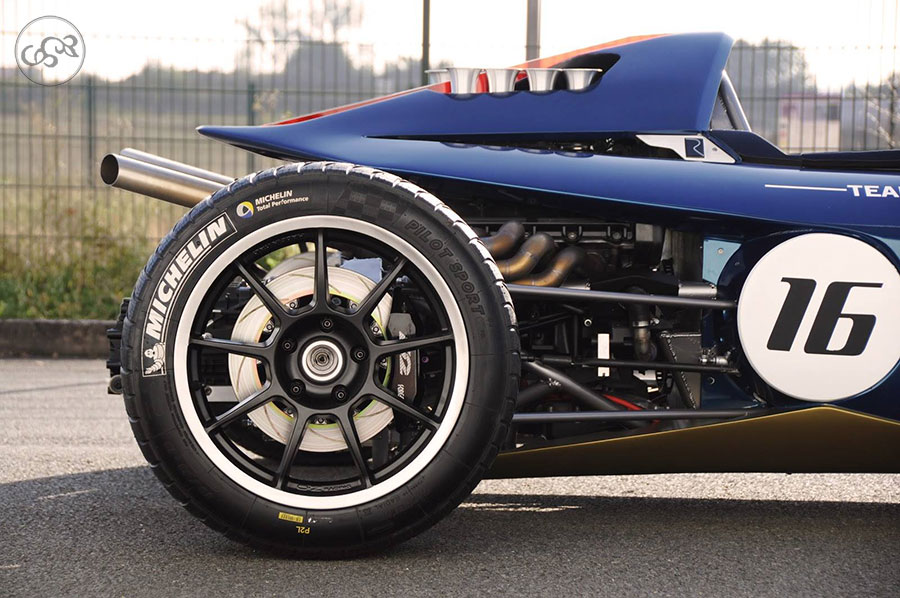
V8 Audi
As far as the technical side is concerned, Espera is a classic: a multi-tubular chassis and mechanical components from a donor car, in this case an Audi S6 with a V8 engine. The gearbox is an original 5-speed manual. Nothing modern, but it's efficient and relatively simple. The engine is fitted with an 8-butterfly intake and a stainless-steel exhaust system designed by Espera. A small e-RACE programmable controller controls engine management.
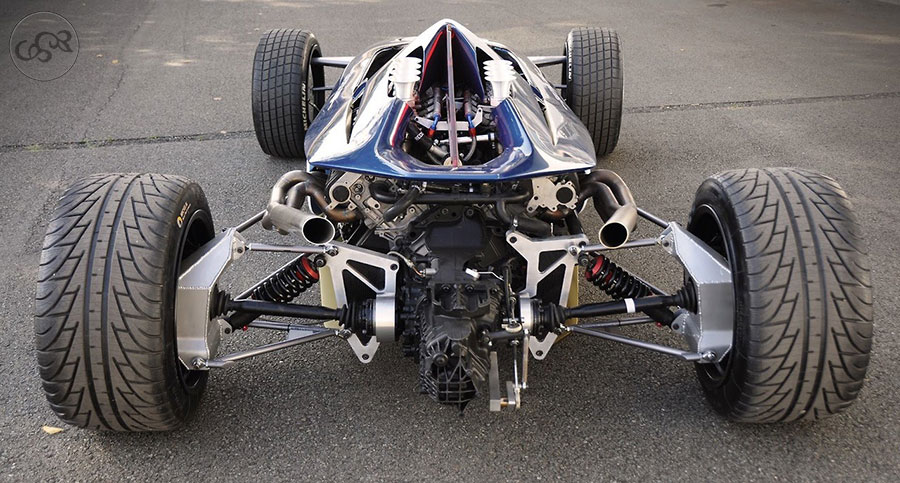
Rolling prototype
As usual, the work involved in producing this rolling prototype (an important detail) was colossal. It took the whole team just one month, from design to final vehicle. Since its presentation, the car has been fine-tuned, notably at Jacques automobiles in the Jura region for, and I quote, a "check-up of the engine environment, pre-setting of the cartography, then final tuning of the cartography on the bench".

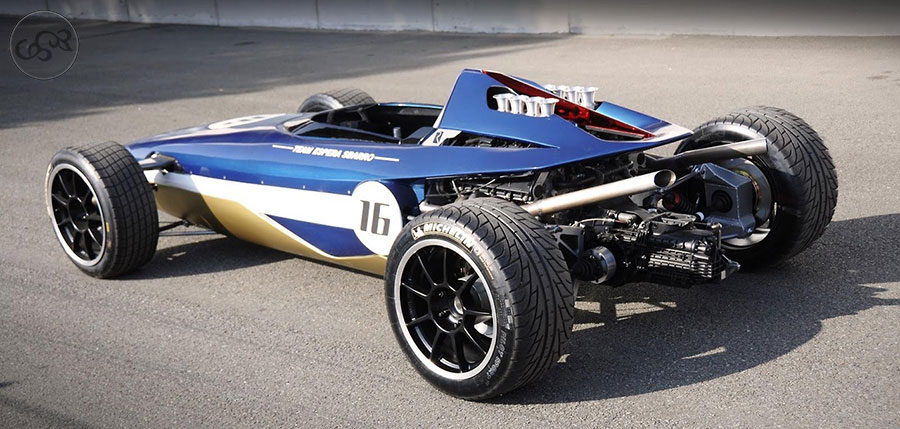
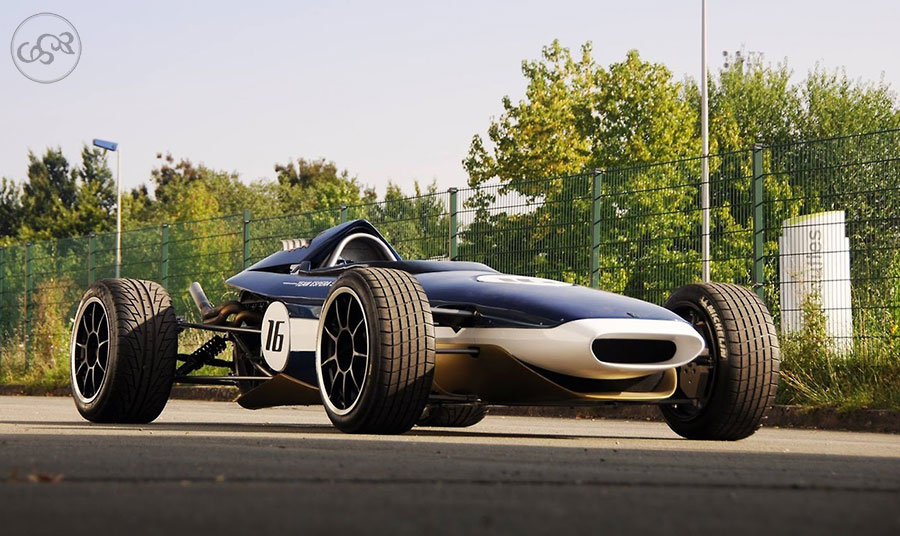
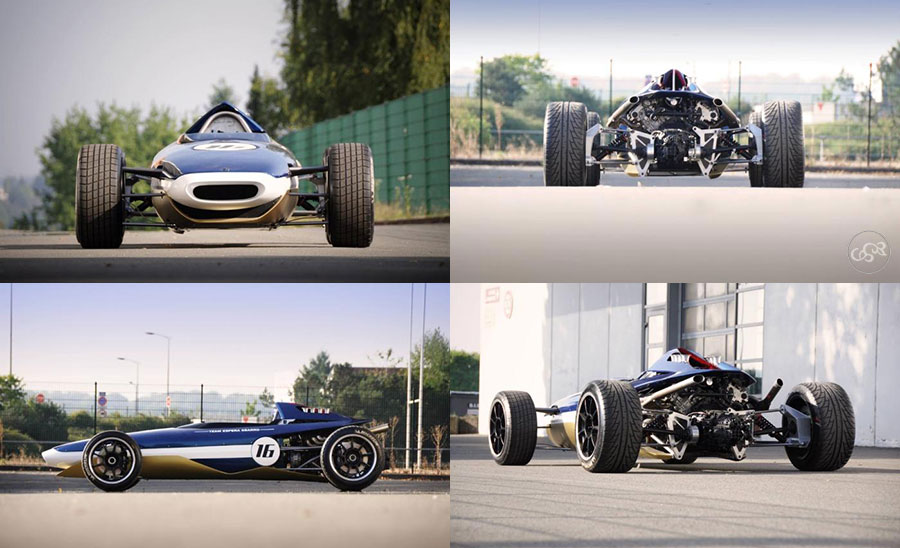
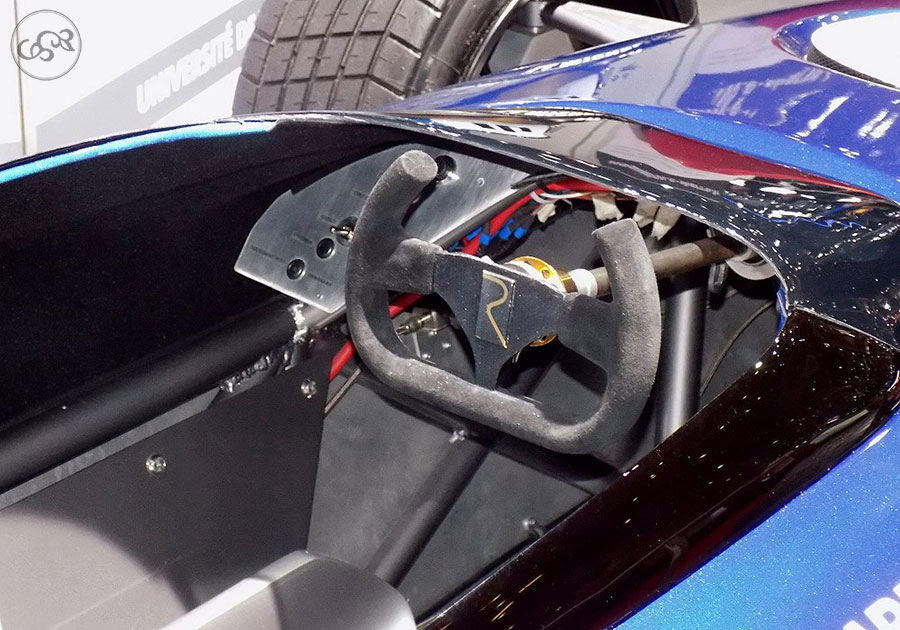
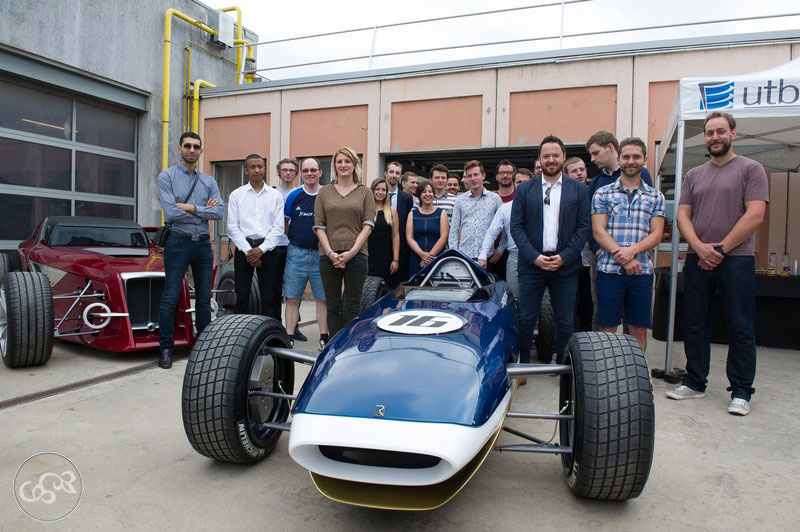
In brief
1- Sixties Formula 1 evocation
2- Audi V8 engine
3- Only one month from conception to presentation